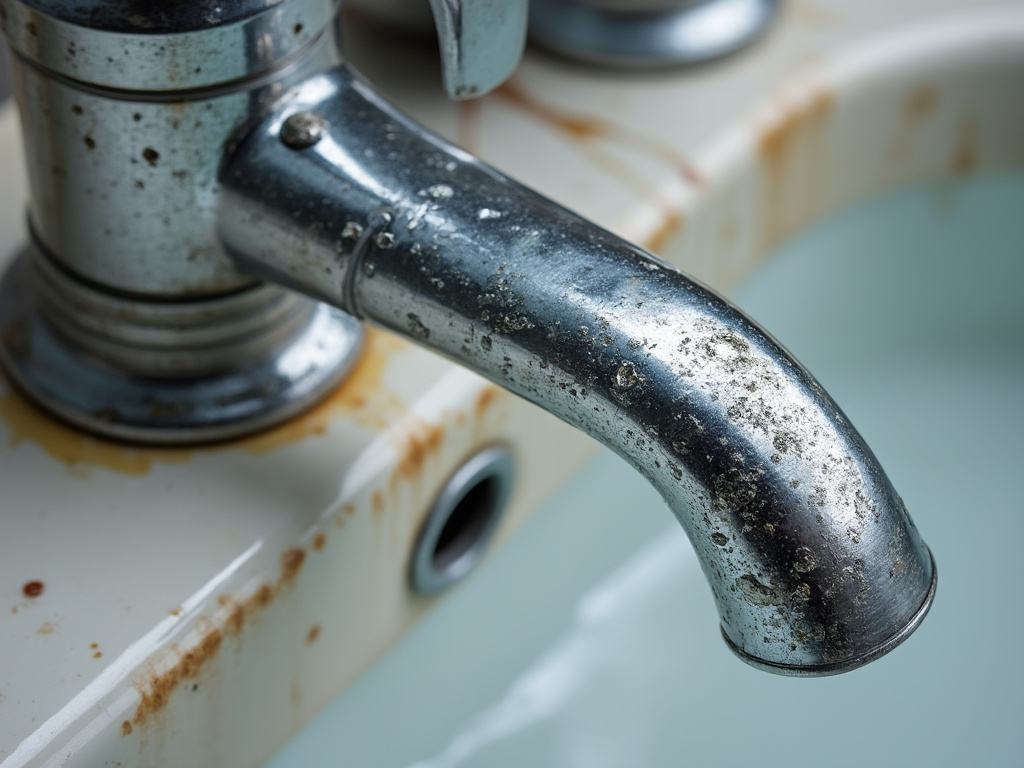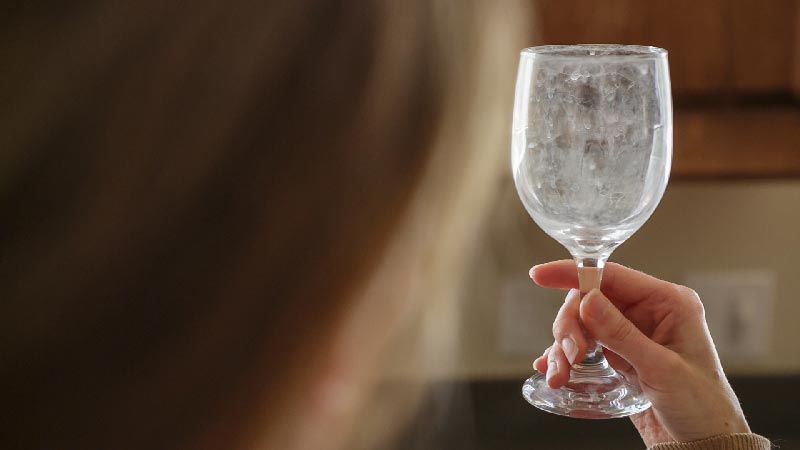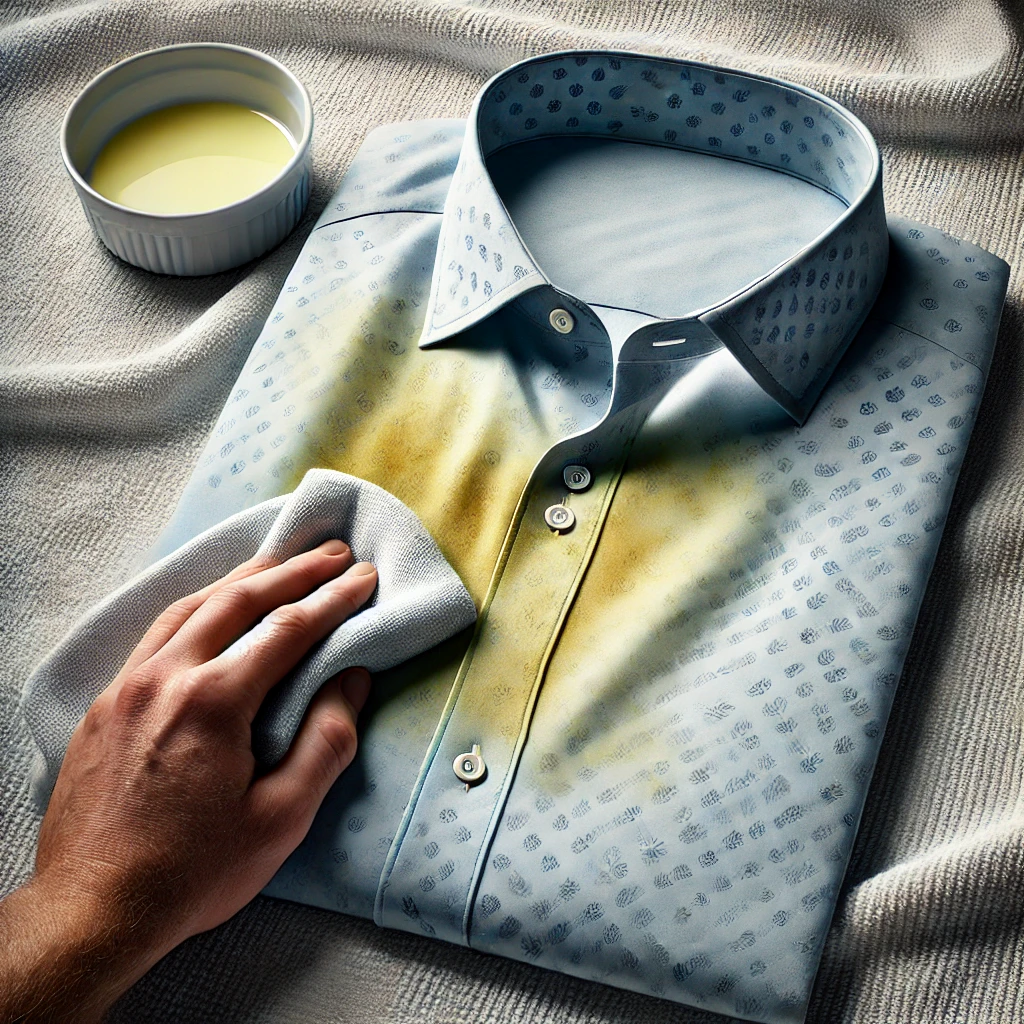What are those weird, cloudy spots on your glass shower door or stainless steel sink? If you guessed they’re from hard water, then you’re right–but what does that mean? How can water be hard and how can it stain so many things in your apartment or house?
Those yucky hard water stains are unsightly and gross and ugly. They’re also tricky to clean. That’s the worst part.
Here, we’re going to illuminate the actually-not-too-difficult process to get rid of them. It’ll work whether you plan on DIY-ing the process, hiring a professional, or even starting your own cleaning company. This is how our Pros handle the job.
What is Hard Water and Why Does It Stain?
When we think of things that deserve the adjective ‘hard’ we might think of an old saying like “as hard as nails” or things like iron, rocks, or even a trigonometry exam. That’s not what we mean when we talk about good old H20 being hard.
We’ll turn to the experts at the Department of Energy for help. They say that hard water is water with dissolved minerals in it. They measure that stuff in grains per gallon, or gpg for short. Here’s how they classify mineral content in water.
- 0-3 gpg is soft water
- 3.5-7 gpg is moderate (and ideal, according to the Department of Energy)
- More than 7.5 gpg is considered to be hard water
Calcium and magnesium are the usual suspects when water is hard. Calcium might build strong bones, but a too-high concentration in your water can cause some annoying problems, including these irritations.
The stains that you see on chrome faucets, sinks, and shower doors are mineral deposits left behind by hard water that’s full of minerals.
DIY Hard Water Stain Removal Supplies
Here are the products and supplies you’ll need to get rid of hard water stains.
Cleaning Products |
Other Supplies |
Dish soap |
Microfiber cloths |
White vinegar |
Spray bottles |
Baking soda |
Soft bristle brush or toothbrush |
Hydrogen peroxide |
Sponge |
Rubbing alcohol |
Squeegee |
Lemons |
|
There are products you can buy at a well-stocked supermarket or your local hardware store. They’re specifically designed to remove hard water stains. You can use them if that’s what you want, but there are inexpensive concoctions you can make at home.
How to Remove Hard Water Stains from Glass Shower Doors
Glass shower doors – whether they’re clear or frosted – offer a huge surface for hard water stains to form. Every time you or your family takes a shower, the doors get an onslaught of water spray from the showerhead. It can feel like an insurmountable undertaking to get those doors clean.
Step 1: In a clean spray bottle, combine one cup of water with one cup of white vinegar and give it a shake or two to mix.
Step 2: Spray the vinegar and water solution all over that glass shower door. Leave it be for 30 minutes or so.
Step 3: Grab a clean sponge sprayed with the same mixture to scrub stains until they vanish.
Step 4: If you still see stains, mix equal parts baking soda and water, apply the paste, and leave it for about 10 minutes.
Step 5: Spray the dried paste. It will foam up. Wait for it to stop.
Step 6: Put that sponge to work to scrub at stains.
Step 7: Rinse the door with hot water. Use a squeegee to dry it.
Drying the area you’ve cleaned is crucial, because you’re rinsing with hard water and drying it is the best way to prevent hard water stains from reappearing. You may want to consider keeping that squeegee handy and using it after every shower.
Watch this video to see how to make your own homemade shower cleaning product and remove both hard water stains and soap scum.
How to Remove Hard Water Stains from Stainless Steel
If you’ve got stains on your stainless steel sink or appliances, you can employ the identical described above. If you haven’t got vinegar or baking soda on hand, here’s a speedy method that requires another item you probably have on hand. Lemons!
Step 1: Halve a lemon.
Step 2: Rub the cut end on any hard water stains on stainless steel.
Step 3: Leave the lemon juice to work on those stains for 5 to 10 minutes.
Step 4: Go over those stains with a sponge or cloth.
Step 5: Rinse the lemon juice with plain, hot water.
Step 6: Dry to prevent new stains from showing up.
How to Remove Hard Water Stains from Glassware
There’s something about drinking out of a stained glass that’s just gross. Here’s how to avoid serving your guests something so unappealing.
Step 1: Fill up your sink or basin with equal parts water and vinegar and add a bit of baking soda for extra oomph.
Step 2: Let your glassware soak for 15 to 30 minutes.
Step 3: Take a clean sponge or cloth and rub any lingering stains.
Step 4: Rinse in hot water.
Step 5: Dry the glassware with a microfiber cloth or towel to prevent new stains from making an appearance.
These same steps and processes will also take care of stained flatware and dishes.
How to Remove Hard Water Stains from Marble Tubs and Showers
Got a tub made of porcelain, or porcelain tiles in your bathroom or kitchen? What about a plastic shower insert? Great news: you’ve already learned the methods you’ll use to clean them.
If you’ve got a tub or shower made of marble – or any other porous material – it’s not safe to use vinegar. In fact, you could irreparably damage your shower. Try this instead.
Step 1: Mix ¼ cup of rubbing alcohol with one cup of water and use a funnel to pour into your favorite spray bottle.
Step 2: Spray and leave for about 5 minutes.
Step 3: Use a clean sponge to rub out the stains until they disappear.
Step 4: Wipe clean.
Step 5: Use a microfiber towel or squeegee to dry.
How to Remove Hard Water Stains from Clothes
If you’ve got extra hard water, you may discover ugly yellow mineral stains on some of your shirts and other apparel. Here’s a quick breakdown of what you can do to remove those stains.
- Soak your laundry in a 1:1 mixture of water and vinegar.
- Leave your clothing in the solution for at least a half an hour.
- Run the clothing through a regular wash cycle.
To prevent hard water stains from reappearing, use liquid laundry detergent instead of powder and add ½ cup of Borax to every load you do.
FAQ
Question |
Answer |
How do you remove calcified hard water stains? |
You may require several treatment cycles to get rid of calcified hard water stains. We suggest making a paste of baking soda and water. Apply to stains and leave in place for 10 minutes. Then spray with equal parts water and vinegar and scrub with a pumice stone. Repeat if stains persist. |
Does Dawn dish soap and vinegar remove hard water stains? |
Putting a little dish soap to your water and vinegar mixture can add some extra cleaning power and make it easier to get rid of hard water stains. |
Are hard water stains harmful? |
They sure can be harmful… to your wallet and your skin. Financially, it’s definitely more costly to have hard water. Your appliances will feel the pain and may need to be serviced or replaced. Bathing or showering in a home with hard water can dry out your skin and hair, and even lead to things like eczema. |
How can I prevent hard water stains from forming in the first place? |
One of the best ways to prevent hard water from staining your shower door, tub, and stainless steel is to use a water softener in your home’s water system. |
How can I tell if my water is hard? |
You may recognize that you’ve got hard water if you see stains. Other than that, you can find out for sure by ordering a testing kit online. |
What’s the best way to clean hard water stains from faucets and showerheads? |
Take a microfiber cloth soaked in vinegar and drape it, leaving it there for up to 30 minutes. Rinse and dry. |
Conclusion
Mineral-heavy water stains can show up in many places in your house, including your vintage porcelain bathtub, stainless steel kitchen sink, or even your clothes. You can tackle the job and get rid of those stains by following the simple steps from our Pros.


